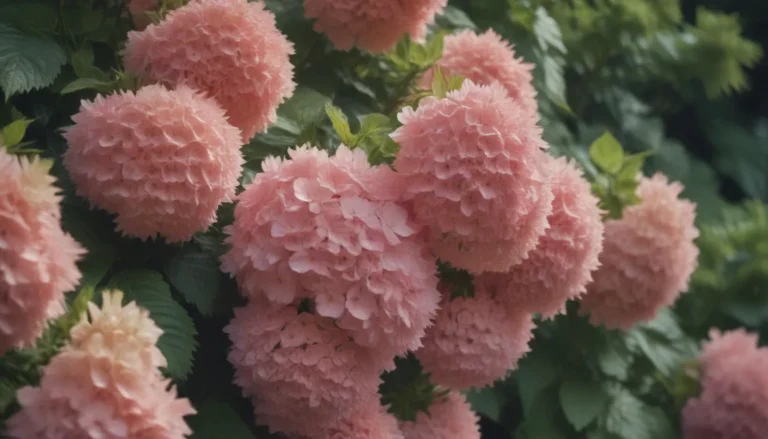Maximizing the Potential of False Indigo: A Comprehensive Guide to Growing and Caring for This Beautiful Perennial

Welcome fellow garden enthusiasts! Today, we are diving deep into the wonderful world of false indigo, a stunning perennial with so much to offer in terms of beauty and resilience. If you are looking to add a touch of elegance and architectural interest to your garden, look no further than false indigo.
The Beauty of False Indigo
False indigo, also known as Baptisia, boasts grey-green leaves and dazzling indigo-blue flowers that bloom from April through June. These pea-like flowers are a sight to behold and are often followed by black seed pods that add a unique charm to the plant, especially during the winter months. The stately shape of false indigo makes it a standout in any garden, even after the flowers have faded.
Benefits of False Indigo
- Architectural statement in the garden
- Low maintenance plant
- Long-lived and resilient
- Attractive seed pods for winter interest
Getting Started with False Indigo
False indigo is relatively easy to grow and care for, making it a great choice for both novice and experienced gardeners. Let’s take a closer look at how you can ensure your false indigo thrives in your garden.
Planting False Indigo
- Plant in spring after the danger of frost has passed
- Start from nursery plants for quicker establishment
- Seeds can take three to four years to flower
- All parts of the plant are mildly toxic to humans and animals
False Indigo Care Guide
Taking care of your false indigo plants is simple and straightforward. Follow these tips to ensure your plants flourish year after year.
Light
- Provide at least six hours of full sunlight daily to prevent floppiness
- Full sun helps prevent fungal diseases
Soil
- Prefers moderately well-draining soils
- Tolerates dry soil once established
- Thrives in slightly acidic to neutral soil pH
Water
- Water regularly in the first year
- Requires about 1 inch of water every couple of weeks once established
- Drought-tolerant once mature
Temperature and Humidity
- Thrives in USDA Hardiness Zones 3 to 9
- Does well in both dry and humid climates
- Adequate soil moisture is key to healthy growth
Fertilizer
- Minimal feeding required
- Excessive fertilizing can cause legginess and flopping
Types of False Indigo
False indigo comes in various types and hybrids, each with its unique characteristics and beauty. Explore the different varieties to find the perfect fit for your garden.
- ‘Purple Smoke’
- ‘Carolina Moonlight’
- ‘Twilite Prairieblues’
- ‘Midnight Prairieblues’
- ‘Solar Flare Prairieblues’
Pruning and Maintenance
Maintaining your false indigo plants is simple and does not require much effort. Follow these guidelines to keep your plants looking their best year-round.
- Pruning: Remove dead stems in late fall or early winter
- Propagation: Difficult to divide, but can grow from stem cuttings
- Overwintering: Cut back stems or leave seed pods for winter interest
Common Pests and Diseases
False indigo is relatively resistant to pests and diseases, but a few issues may arise under certain conditions. Be on the lookout for the following:
- Fungus diseases: Leaf spot, powdery mildew, and rust
- Weevils: Can eat Baptisia seeds if saving for planting
Tips for Encouraging Blooming
Patience is key when it comes to getting false indigo to bloom. Follow these tips to ensure your plants reach their full flowering potential.
- Provide adequate sunlight and space for optimal growth
- Avoid pruning too early, as it may compromise flowering
- Prune for shape immediately after the flowering period is over
Enhancing Your Garden with False Indigo
False indigo is a versatile plant that pairs well with a variety of other flowers and shrubs in the garden. Consider these companions to create a stunning landscape:
- Peonies
- Iris
- Salvia
- Tall Alliums
- Lady’s Mantle
In Conclusion
False indigo is a captivating plant that brings beauty and charm to any garden. By following the tips and guidelines outlined in this article, you can ensure that your false indigo plants thrive and continue to enchant you year after year. So go ahead, add a touch of elegance to your garden with false indigo, and watch as your outdoor space transforms into a botanical paradise. Happy gardening!





